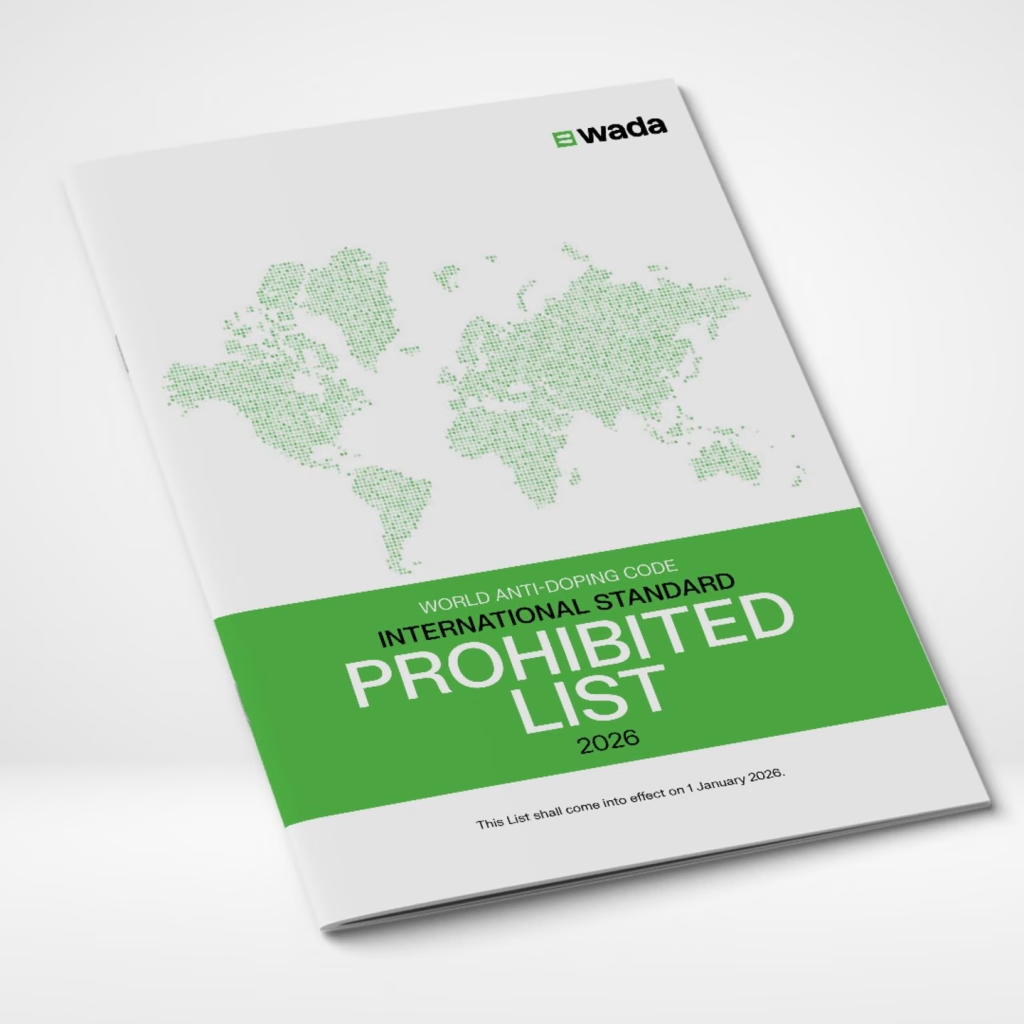
Jakarta, 29 September 2025
The World Anti-Doping Agency (WADA) has published its 2026 List of Prohibited Substances and Methods, which was approved by the WADA Executive Committee (ExCo) at one of its meetings on September 11, 2025. The 2026 List of Prohibited Substances and Methods will come into effect on January 1, 2026. Therefore, the IADO urges all Heads of Sporting Organizations, along with their coaches, doctors, and athletes, to pay close attention to this new list to avoid anti-doping violations.
This list is one of eight International Standards mandatory for all Signatories to the World Anti-Doping Code. It defines which substances and methods are prohibited, both in and out of competition, and which substances are prohibited in specific sports.
According to its information on the WADA website, as outlined in the 2026 Summary of Major Modifications and Explanatory Notes, the major modifications for 2026 include the following:
- Further examples or clarifications have been added to the following substance classes to help athletes and their entourage better identify prohibited substances:
- S1. Anabolic agents,
- S2. Peptide hormones, growth factors, related substances, and mimetics,
- S4. Hormone and metabolic modulators, and
- S6. Stimulants.
- The dosing intervals of salmeterol have been changed to avoid potential ergogenic effects, though the maximum daily delivered dose remains the same.
- More details have been given about the prohibition of withdrawal of blood and blood components.
- The non-diagnostic use of carbon monoxide (CO) has been added to the Prohibited Methods as a new section, M1.4. The use of carbon monoxide for diagnostic purposes, such as total hemoglobin mass measurements or the determination of pulmonary diffusion capacity, is not prohibited.
- Cell components (e.g., nuclei and organelles such as mitochondria and ribosomes) have been added to the existing prohibition of using normal or genetically modified cells.
- It has been clarified in the Glucocorticoids Washout Table that use of sustained-release formulations may result in detectable glucocorticoid levels past the washout period due to prolonged systemic absorption.
- In addition, WADA has provided, or will provide, educational resources as part of its Code Implementation Support Program (CISP), accessible through WADA’s Anti-Doping Education and Learning Platform (ADEL). These include:
- CISP Checklist – Implementing the Revised List (available now)
- Athlete and ASP Guidance for the 2026 List (available mid-December)
For more information, please visit WADA’s official Prohibited List page.